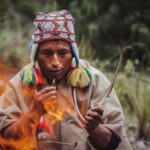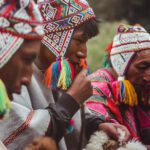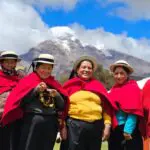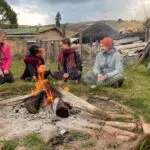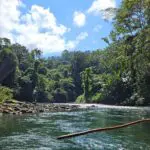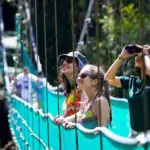Lake Titicaca is the highest navigable lake in the world. Nestled between Peru and Bolivia, this lake is full of legends and myths which both descendants of the Collas and Aymaras, as well as visitors arriving from around the world, live with every day.
There are few places in the world that compare to the Titicaca, a water giant of 8,559 square kilometres in the heart of the Andes; a lake-dotted with islands mystery and legends; a sea-crib that hosted the ancient culture Tiahuanaco and where the Inca civilization was born.
Legend has it that the Apus (mountain gods) looked after the humans who lived in the depths of the valley. There was only one thing prohibited to them: to climb the snowy peaks, where the sacred fire was burning. However, the evil spirits aroused the greed of men and encouraged them to climb the mountains. The gods ordered that the men be devoured by thousands of cougars. Inti, the sun god, watching the slaughter, cried for 40 days and 40 nights. Only one human couple on a boat of reeds, saw the sunrise again. Fascinated, they saw that the valley now had the shape of a lake, while the cougars had been transformed into stone. Thus, in Aymara Titicaca means “the lake of the stone cougars.”
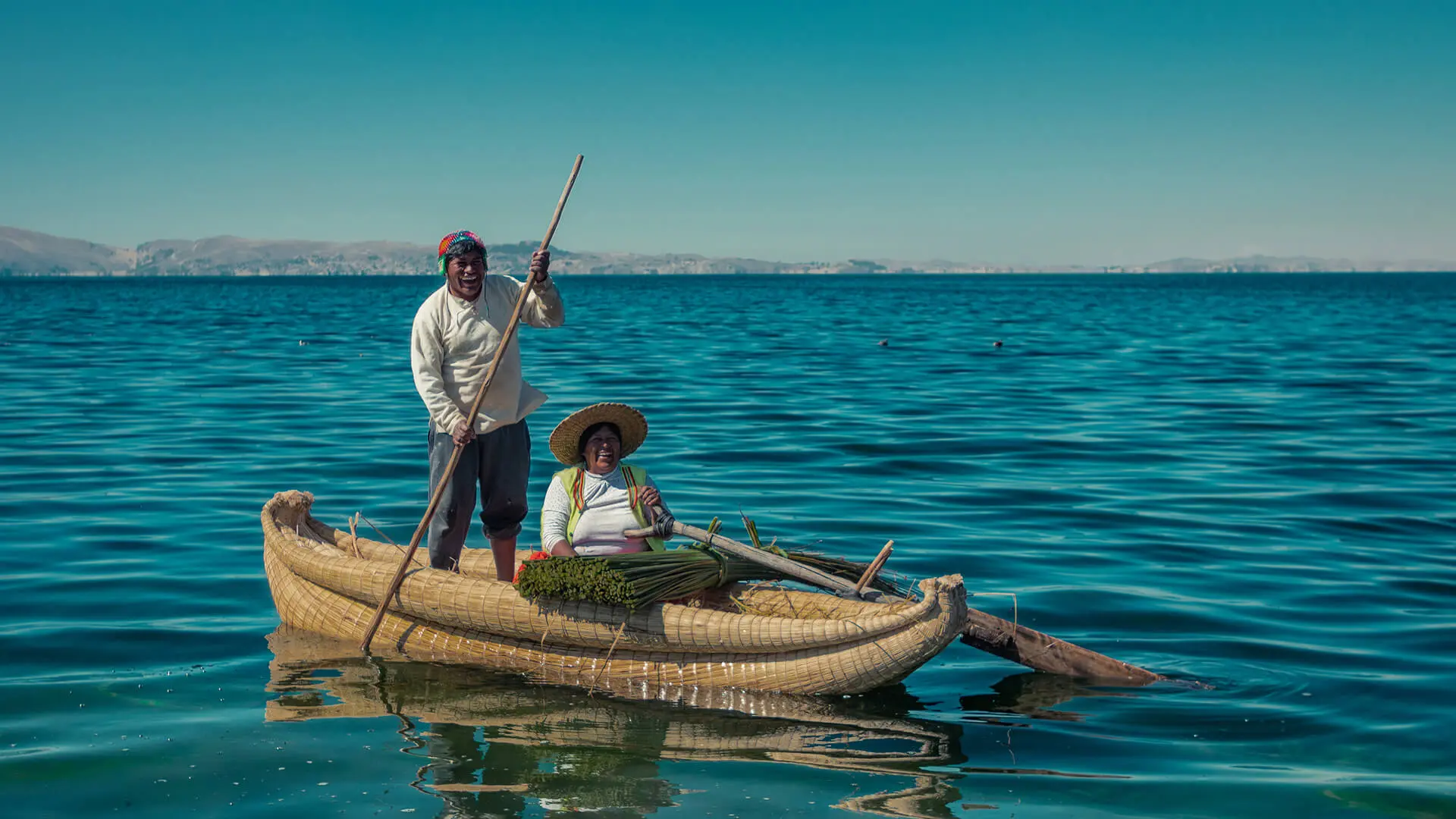
It is inevitable: when navigating on the aquatic skin or quasi-mirror lake, one has the feeling of living the first day of Titicaca, the rebirth after the flood. Upon leaving the pier of Puno, the city they later will have to return to, the traveller observes the snowy peaks of the Cordillera Oriental cutting the blue horizon of the lake. Shortly after the beginning of the trip, you can visit the floating islands of Uros, a community closely linked to the lakeside life. The surfaces are made of reeds, a type of water reed that the Uros braided. In the floating islands, about 20, everything is coated reed. And this aquatic plant gives name to the most legendary boats of Lake Titicaca.
In the reeds, with their bow shaped like an animal, the Uros do their daily fishing, bird hunting and harvesting of aquatic plants. But the waters of Titicaca are also sprinkled with 40 mainland islands. They are tops that peak up through the surface, from the bottom of waters that exceed 280 meters deep. On these islands, life goes on in an easy-going, ancestral way: llama herders, women who weave red blouses, farmers open grooves in the ground. The inhabitants of Amantaní welcome travellers in their tiny clay houses with low ceilings.
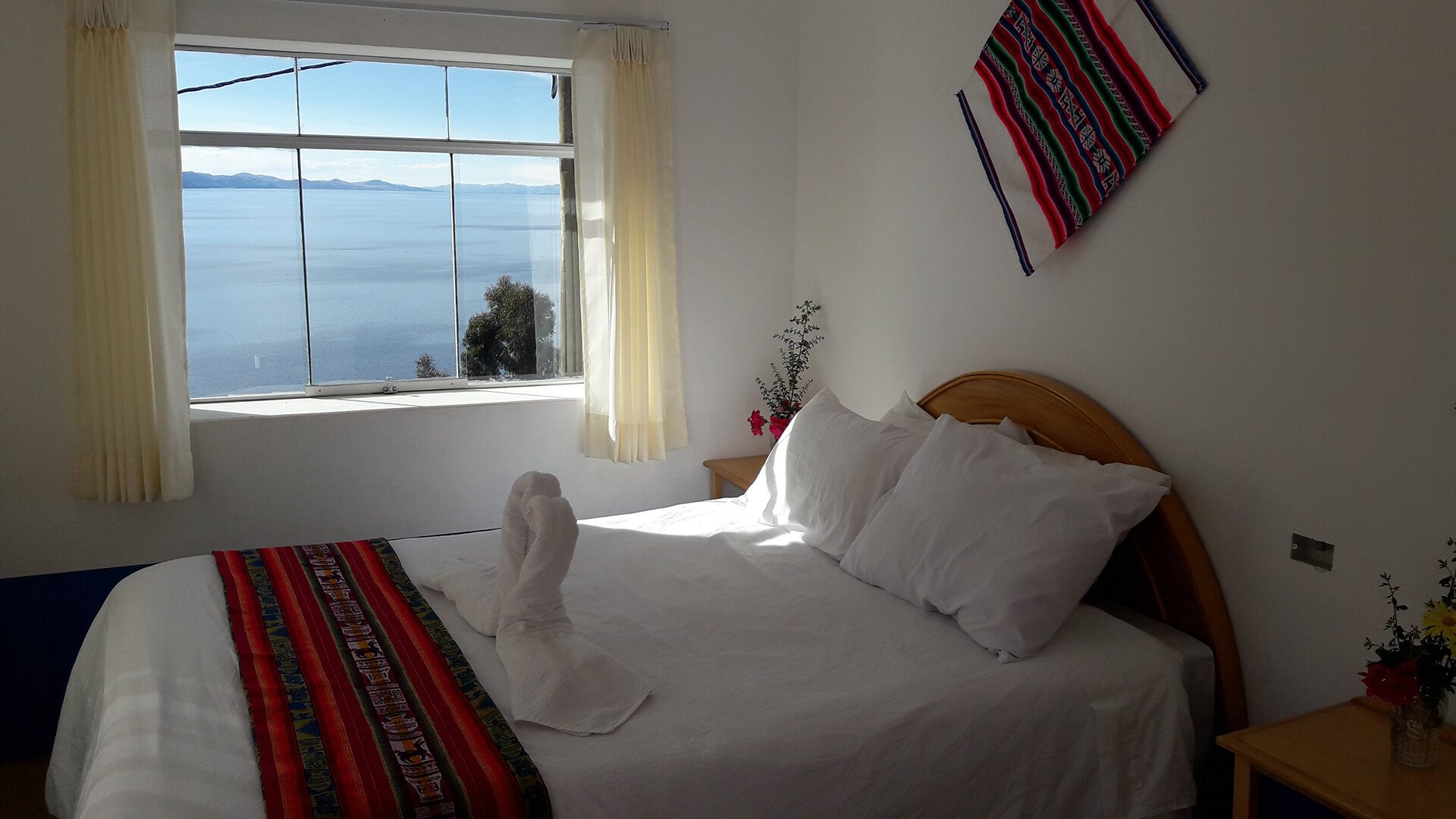
On this island it is easy to feel the mystique of the lake while climbing the hills from where the mountain gods watch over the mortals. Tangled roads littered with sheep and hunched elderly, breathing in the scent of plants like muña, which help combat altitude sickness for those who are not accustomed to touch the sky. Contemplating the progression of dusk on the water surface, with the snowy horizon of the Royal Cordillera of Bolivia, visitors abandon the calmness of the people of Titicaca.
Taquile, with its cobblestone streets and houses covered with hay, is an unavoidable place to visit. Only one car now and again occasionally breaks the calmness of the largest island of Titicaca, the gentle ebb and flow of animal-drawn carts, and the slow and smiling silence of its inhabitants.
The hike up the viewpoint of Taquile is a series of weavers creating symmetrical, colourful and mysterious decorations between houses decorated with fabrics, carved stones and small gods of wood in front of their doors. But, between all islands of Titicaca, there is one reserved for ecological tourism: in the tiny and lovely Suasi Hotel, made of stone, adobe and totora reeds and fed through its solar panels, with the power of god Inti.
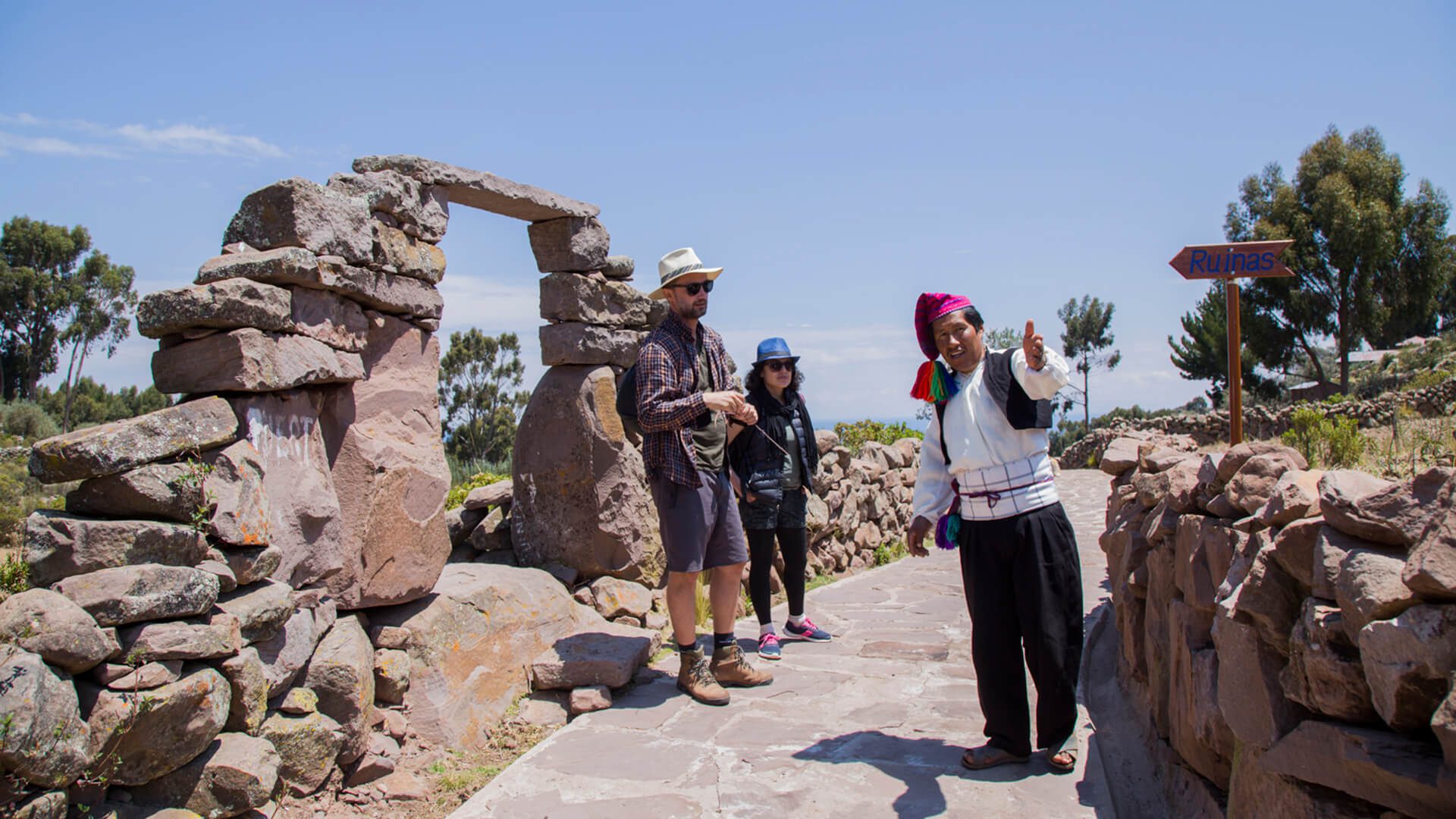

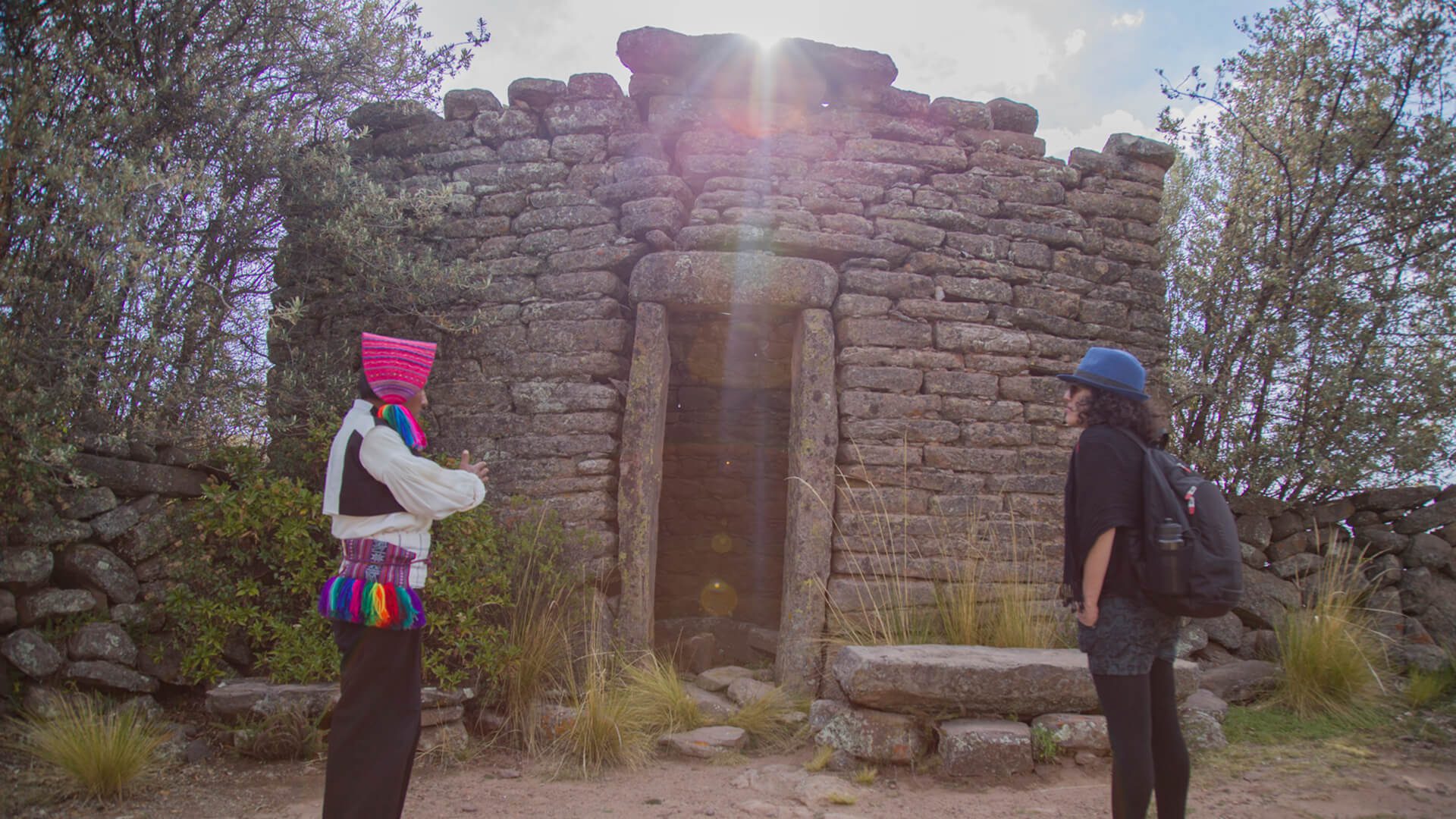
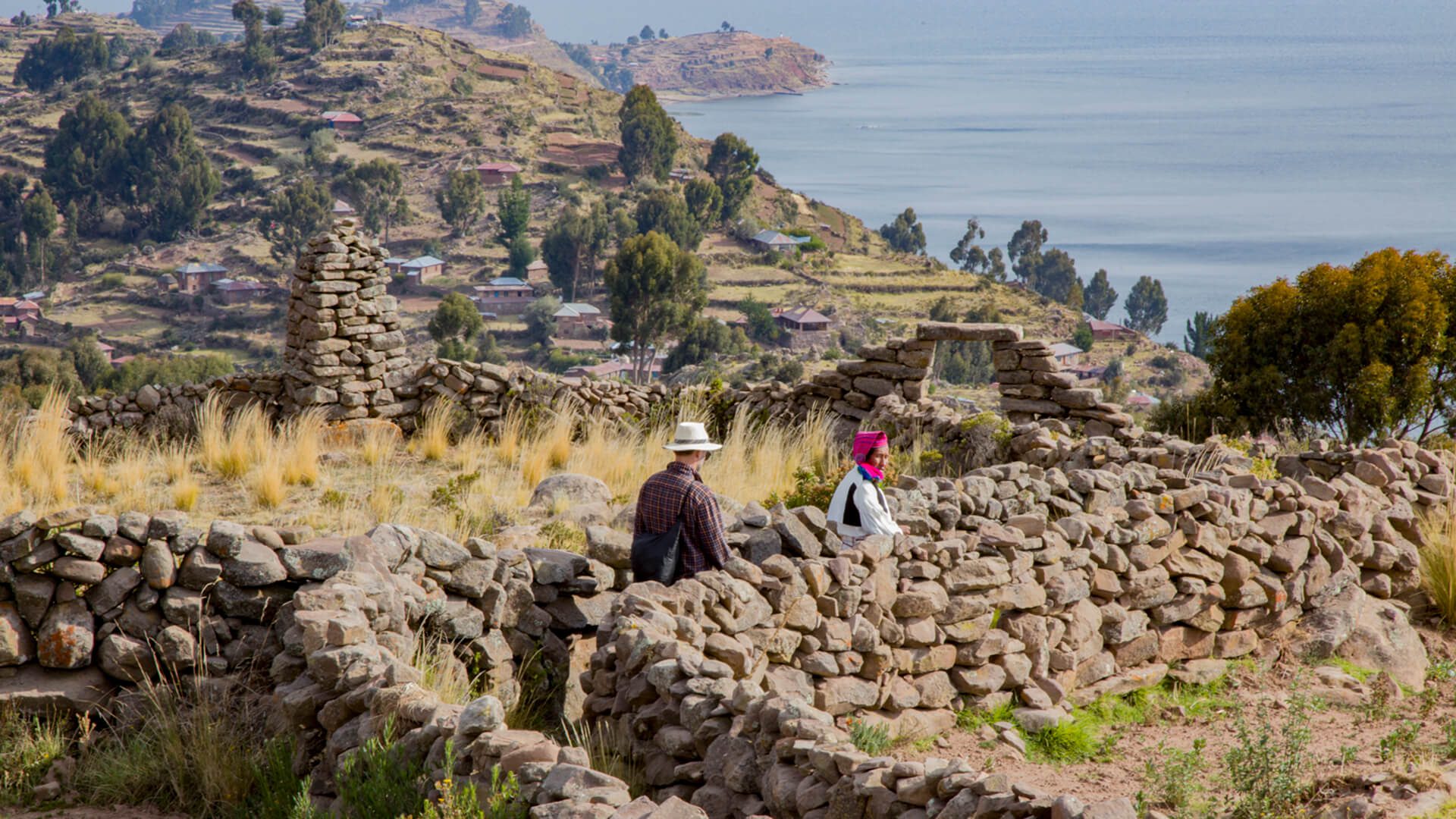
Going back to Puno, from the natural viewpoint of the hill Huajsapata, with the vastness of the lake holding unearthly mountain lines, you will understand why this city has always been a magnet of cultures, the historical epicentre of Titicaca. From 800BC, the region was home to the Tiahuanaco civilization, a culture with a mysterious religion that left a strong architectural legacy. After the fall of the Tiahuanaco Imperium, in the year 1.200AC, the splendour of the local lordships, the collas and the aymaras, emerged. And, from the century XV till the arrival of the Spaniards, the Incas ruled the area. This is why, from the hill Huajsapata, under the monument of Manco Cápac, the legendary founder of the Inca Empire, the visitor starts to understand this layered city of crumbled centuries in corners and customs, where centuries of Aymara traditions, cults of Inca gods and a rich colonial architecture mix. Its buildings, like the cathedral that lies in the Plaza de Armas, have mestizo characteristics. Sculpted by the Peruvian artist Simón de Asto, its facade was a pioneer in incorporating the Andean elements that characterize the mestizo Baroque. The house of The Balcony of the Count Lemos is also colonial, where the viceroy stayed that gave it its name when he went to the city to put down a rebellion.
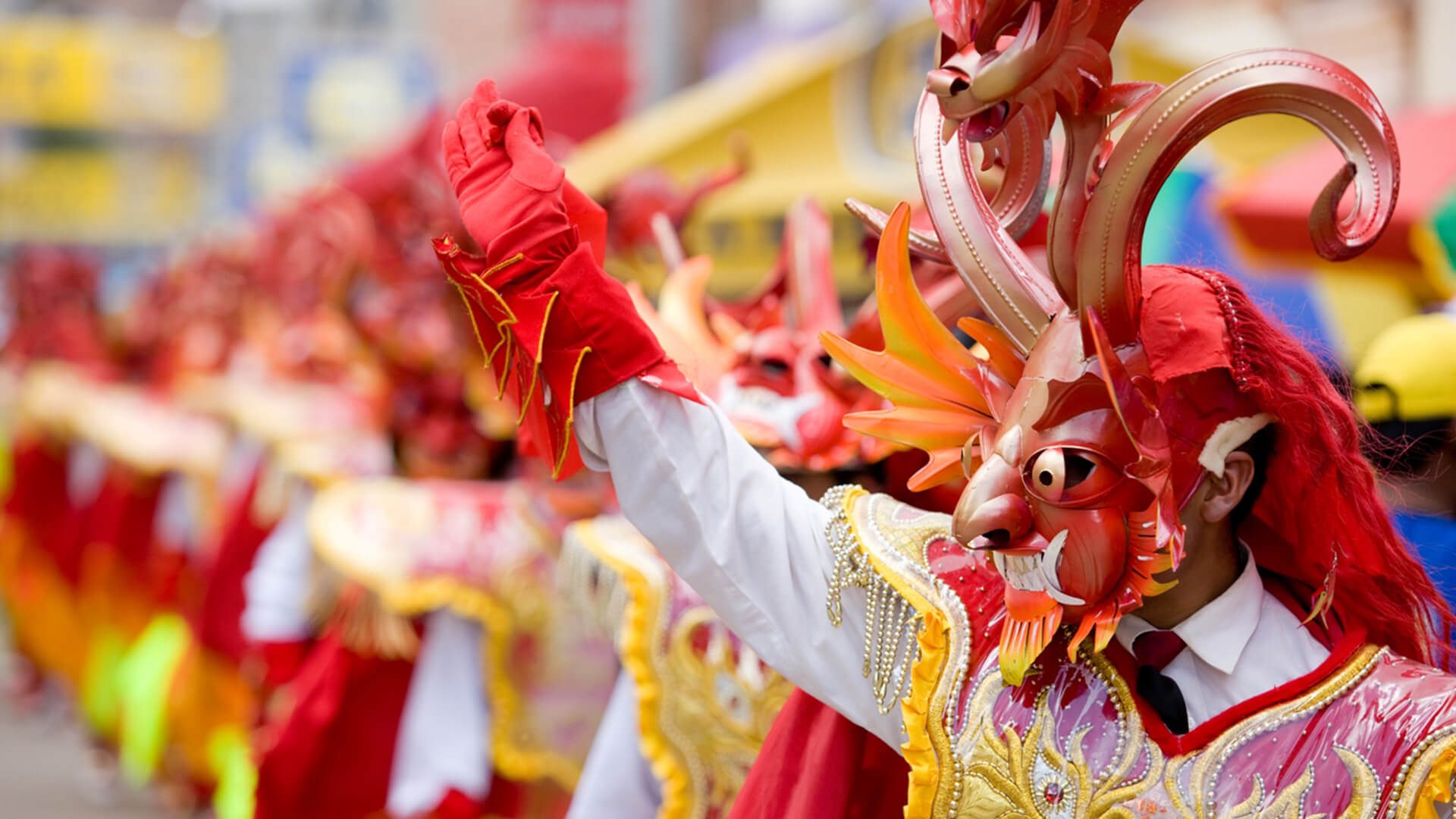
The next colonial jewel of Puno is The House of the Mayor, filled with patios, spacious windows and rooms with high ceilings. Additionally, while walking aimlessly, Puno is introduced as a harmony of visitors, adobe houses and bikes waiting for a green light at the traffic lights. The visitor will stumble upon the majesty of the stone arc of Deusto (raised in memory of the ones who fought for independence in Peru), the cultural and gastronomic hustle of the pedestrian street of Jirón Lima and the exoticism of the Yavari, an English steamboat of the XIX century, reconstructed into a naval museum.
